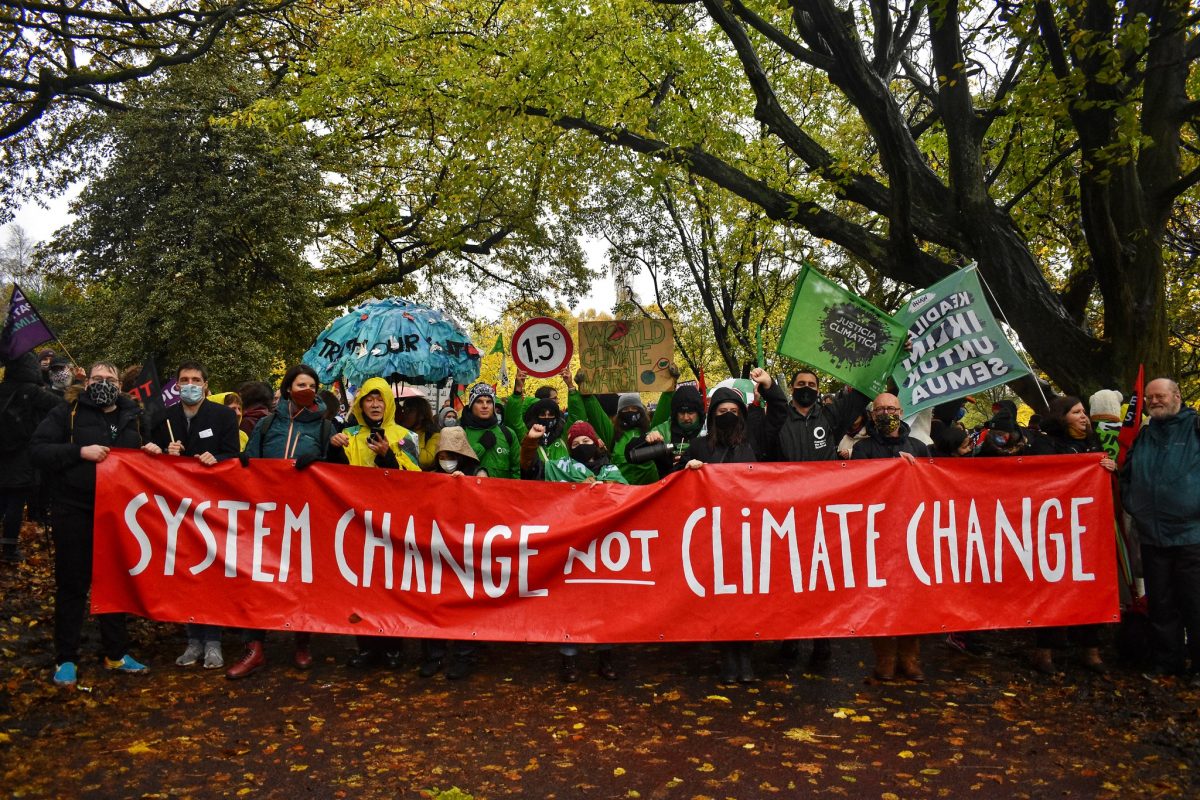
Energy Minister paves the way for destructive new biomass plants
Energy Minister Fergus Ewing’s decision today (7 February) on new subsidies for biomass will see Forth Energy’s three proposed biomass plants net £221m in subsidies each year if they are given the go-ahead. The decision on these plants also rests with the Energy Minister.
The announcement paves the way for new, large-scale and destructive biomass power stations by failing to close a loophole in legislation that will see plants with efficiencies as low as 35% receiving massive subsidies.
Campaigners are appalled by today’s announcement as it is actually worse than the original proposals being consulted on.
Almuth Ernsting, Biofuelwatch, said:
“We hope that those MSPs who will be debating and voting on the proposal will send a strong message to the Scottish Government that those proposals must be reviewed. A cap on electricity-only biomass power stations is worthless if any energy company can evade it by using the tiniest amount of heat.”
In a recent Parliamentary Debate on biomass, seven MSPs spoke out against the proposed subsidies and the impact that they would have on communities, carbon emissions and global forests, showing widespread cross-party concern that the Government proposals would incentivise large, polluting and inefficient biomass power stations.
The Scottish Government previously warned that “large-scale electricity-only biomass is inefficient and requires more wood than the UK can produce”. Today’s announcement contradicts this, as the proposed cap on the size of electricity-only power stations which would receive subsidies has been increased and a loop-hole allowing virtually any biomass plant access to subsidies has not been closed. The loophole is such that a large-scale power station using a small amount of excess heat just to dry its own woodchip would qualify for Government subsidies.
According to campaigners, highly inefficient biomass power stations, such as those proposed by Forth Energy for Grangemouth, Dundee and Rosyth, are now exempt from the cap through the loop-hole, by being classed as ‘combined heat and power’. These three power stations alone could attract over £5 billion in subsidies throughout their 25-year lifespan and are expected to burn millions of tonnes of wood from the Americas.
Andrew Llanwarne, Friends of the Earth Scotland, said:
“It’s scarcely credible that the Scottish Government can proceed in a way that is so blatantly contrary to its own stated policy which favours small scale biomass plants producing heat or combined heat and power, using local sources of fuel. It shows a cavalier approach to the use of public funds, when billions of pounds can be used as an inducement for power stations with only 35% efficiency. And then they have the astounding nerve to call this “good quality” CHP, despite it being only half the efficiency required by the EU. It is a totally irresponsible and contradictory approach to so-called ‘sustainable’ economic growth, seemingly designed only to fill the pockets of big corporations.”
The decision also has substantial implications for Scotland’s carbon emission reduction targets. Biomass power stations emit around 50% more CO2 per unit of energy than coal power stations and a growing number of studies show that their overall climate impact is likely to be even worse than that of coal for at least one or two generations.
ENDS
For media enquiries, please contact:
Almuth Ernsting, Biofuelwatch, Tel 0131-6232600
Notes to Editors
1. Renewable Obligations Banding Review 2012-13 – Summary of Supplementary Consultation Outcome and Scottish Government Response:
foes.do/VYAV64
2. The motion is available at
foes.do/WR5Ra2
3. For a list of studies into the carbon impacts of biomass electricity:
www.biofuelwatch.org.uk/resources-on-biomass
